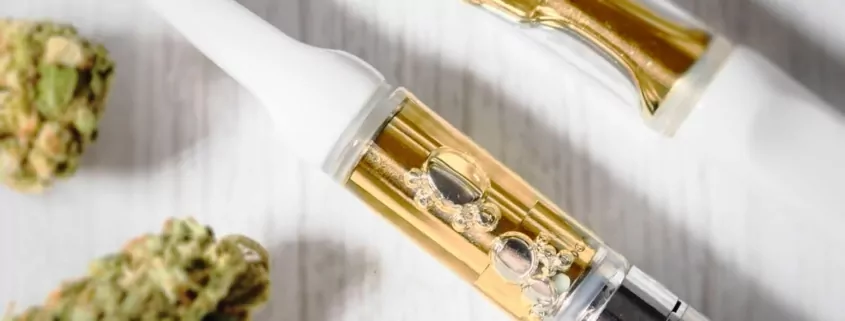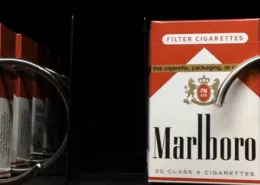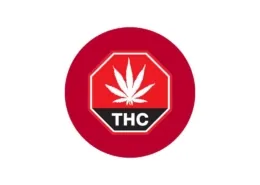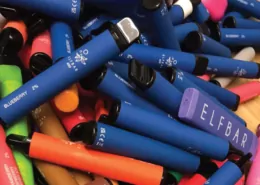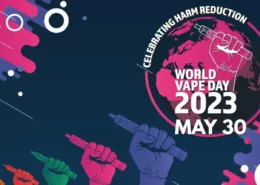Teen Vaping of THC & Synthetic Cannabinoids Surges: Study
A new study reveals a significant and alarming increase in the vaping of delta-9-tetrahydrocannabinol (THC), cannabidiol (CBD), and particularly synthetic cannabinoids (SC) among U.S. teenagers between 2021 and 2023. The research, published in the American Journal of Preventive Medicine by a team from the University of Queensland, Australia, also highlights a growing uncertainty among teens about the actual substances they are inhaling in their e-cigarettes, calling for urgent public health interventions and regulatory oversight.
Vaping substances other than nicotine has become increasingly popular among U.S. adolescents. To understand these trends, the researchers analyzed data from the 2021, 2022, and 2023 National Youth Tobacco Surveys, which included a total of 69,899 U.S. middle and high school students aged 11 to 18. This is one of the first studies to track the national prevalence of THC, CBD, and SC vaping independently, as previous research often categorized them under the general umbrella of “cannabis vaping,” despite their very different psychological and health effects.
The analysis found a significant increase in the vaping of all three substances over the three-year period. In 2023, an estimated 7.4% of U.S. teens (or 2.55 million) vaped THC, while 2.9% (or 999,000) vaped CBD, and 1.8% (or 620,000) vaped synthetic cannabinoids. The study noted that THC vaping appeared to peak in 2022, but the use of synthetic cannabinoids continued to rise steadily throughout the period. The prevalence of vaping THC, CBD, and synthetic cannabinoids also appeared to be higher among female students compared to males.
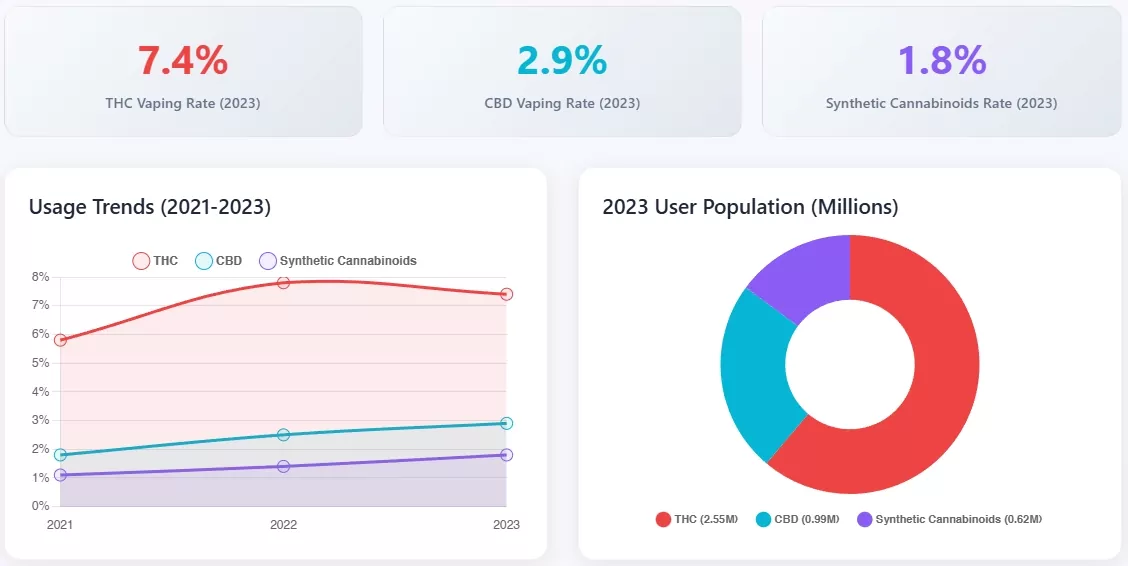
Lead researcher Jack Chung from the National Centre for Youth Substance Use Research at the University of Queensland stated, “We found a significant increase in vaping of THC, CBD and CS among adolescents from 2021 to 2023.” One of the most concerning findings was the growing number of teens who were unsure about the substances they had vaped. For example, the number of respondents who answered “I don’t know” when asked if they had vaped synthetic cannabinoids tripled over the study years. Co-author Dr. Gary CK Chan emphasized this point: “We still know very little about the long-term health effects of vaping cannabis and its derivatives, which makes it all the more important to know what’s in e-cigarettes.”
The researchers expressed particular alarm over the continued rise in synthetic cannabinoid use. These substances are typically synthesized in a laboratory to mimic the effects of natural cannabinoids but often bind more strongly to brain receptors, leading to more intense, unpredictable, and potentially deadly health consequences. “This trend is particularly alarming given that these substances are often accessed through irregular illicit markets, where safety standards and quality controls are lacking,” the researchers commented, warning that many teens may be unknowingly vaping these harmful synthetic substances.
The study concludes that experimentation with substance use among adolescents is often driven by factors like peer influence, curiosity, and social acceptance, amplified by exposure to cannabis-related advertising and influencers on social media platforms. The findings provide crucial, updated evidence for health agencies and policymakers, highlighting the need for targeted harm reduction strategies and educational interventions to protect young people from the long-term consequences of vaping these increasingly uncertain and potentially dangerous substances.
- Source: American Journal of Preventive Medicine 1 July, 2025 DOI:10.1016/j.amepre.2025.107655
Adolescent Cannabis Vaping Trends (2021−2023): Delta-9-Tetrahydrocannabinol, Cannabidiol, and Synthetic Cannabinoids

